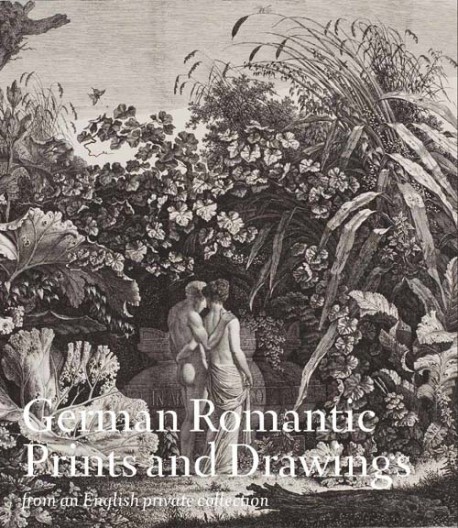No products
Product successfully added to your shopping cart
There are 0 items in your cart. There is 1 item in your cart.
Our webstore uses cookies to offer a better user experience and we consider that you are accepting their use if you keep browsing the website.

Bilingual art books and foreign editions
- New Art Books
- Exhibition catalogue
- Highlights
- Art Book Sale
- Museum's Shop & Gifts
- Bilingual art books and foreign editions
- Children's Books
- Art History
- Painting
- Architecture
- Sculpture
- Drawing & Engraving
- Photography
- Contemporary art
- Decorative Arts & Design
- Art Techniques
- Critics
- Entertainment art books
- Civilisations
- Partners Reviews
German Romantic Prints and Drawings
The nineteenth-century saw the Napoleonic Wars bring about an end to the traditional art market in Germany, thereby leaving the artists with an opportunity to establish a new identity.
> One of the corner of the book is sligtly damaged
Product not available
| Model | 9780714126814 |
| Artist | Romantisme allemand |
| Author | Bartum Giulia |
| Publisher | British Museum |
| Format | Pleine toile vert olive, jaquette rempliée |
| Number of pages | 320 |
| Language | English |
| Dimensions | 300 x 255 |
| Published | 2011 |
Artists such as Schnorr von Carolsfeld and Peter Cornelius retreated to the techniques and values of the Renaissance and medieval periods, when art had been more concerned with simplicity and embodying spiritual values.
This stunning book of prints and drawings, taken from an English private collection, explores the German romantic movement and how artists such as Freidrich Overbeck drew on the style of his illustrious predecessors Durer and Raphael to create celebrated works such as "Italia" and "Germania", which epitomizes the mood of this era. The recently-invented lithography technique features heavily among the most noteworthy examples from this era, as does a new, deeper interest in German landscape.
Over one hundred items are reproduced and discussed in this superb selection of German prints and drawings from the years between the abolition of the Holy Roman Empire (1806) and German unification (1871), including the greatest and rarest of German romantic prints, "The Four Times of Day" by Philipp Otto Runge.
Recently viewed items








